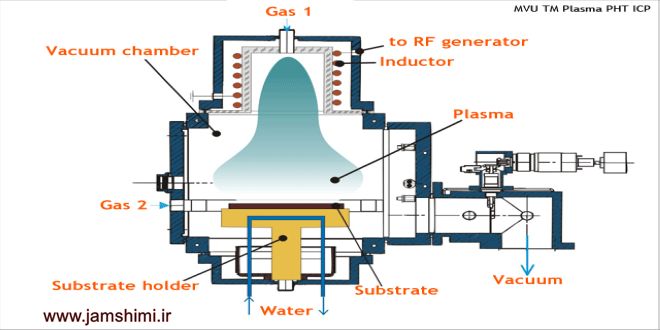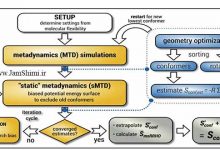سنتز اولین ترکیب سیلیکون با ساختار دوبعدی
An isolable, crystalline complex of square-planar silicon(IV)
![]()
سیلیکون Silicon با ساختار دوبعدی توسط دانشمندان در یک ترکیب کمپلکس سنتز شد. سیلیکون، یک شبه فلز، به شکل طبیعی خود با چهار عنصر دیگر پیوند تشکیل می دهد و ساختار سه بعدی آن به شکل چهاروجهی است. به گزارش جم شیمی، برای مدت زمان طولانی، دستیابی به سنتز و توصیف معادل دو بعدی – به طور هندسی، یک مربع مسطح – غیرممکن به نظر می رسید. اکنون دانشمندان شیمی معدنی در دانشگاه هایدلبرگ موفق به تولید یک مجموعه بلوری با چنین پیکربندی شده اند. دکتر دكتر لوتز گرب از موسسه شیمی معدنی تأكید می كند كه این ماده دارای خصوصیات فیزیكی و شیمیایی شگفت انگیزی است و در زمینه شیمی مولكولی، رویكردهای جدیدی را برای استفاده از دومین عنصر فراوان در پوسته زمین برای تجزیه و تحلیل مواد ایجاد می كند.
Abstract: The structure and reactivity of silicon(IV), the second most abundant element in our Earth’s crust, is determined by its invariant tetrahedral coordination geometry. Silicon(IV) with a square-planar configuration (ptSiIV) represents a transition state. Quantum theory supported the feasibility of stabilizing ptSiIV by structural constraint, but its isolation has not been achieved yet. Here, we present the synthesis and full characterization of the first square-planar coordinated silicon(IV). The planarity provokes an extremely low-lying unoccupied molecular orbital that induces unusual silicon redox chemistry and CH-agostic interactions. The small separation of the frontier molecular orbitals enables visible-light ligand-element charge transfer and bond-activation reactivity. Previously, such characteristics have been reserved for d-block metals or low-valent p-block elements. Planarization transfers them, for the first time, to a p-block element in the normal valence state.






